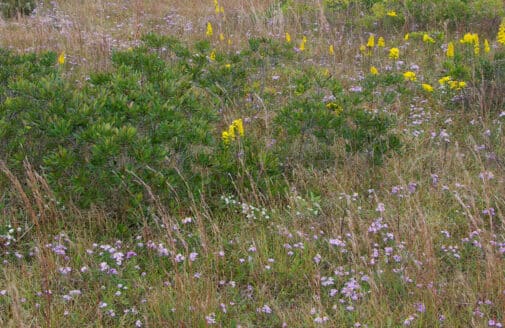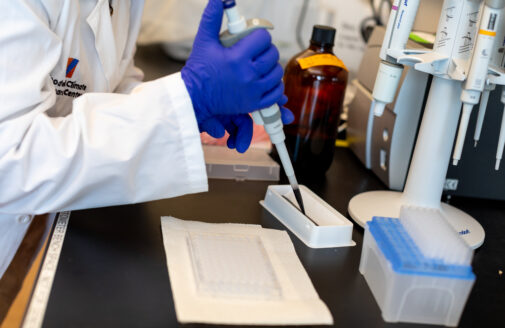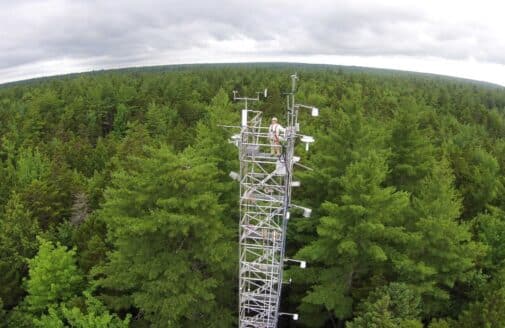Study finds big climate mitigation potential from adding trees to agricultural lands
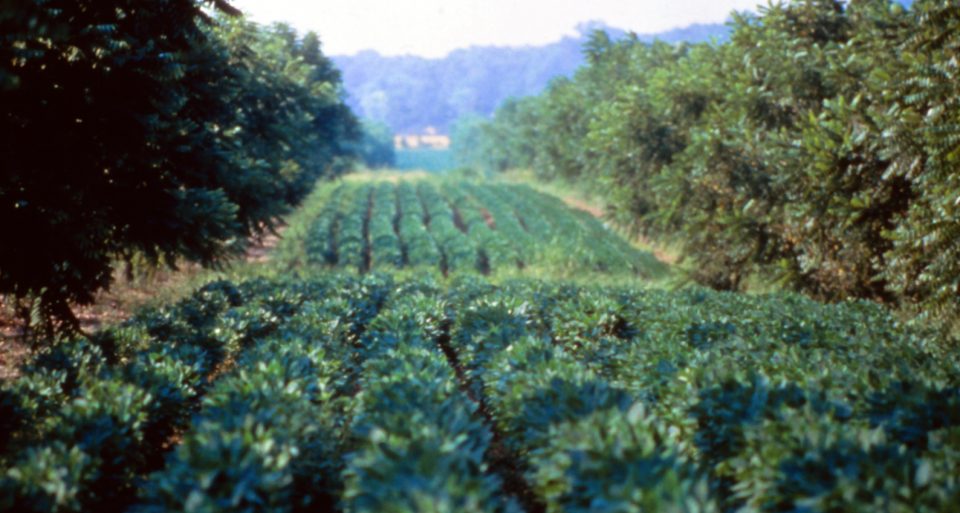
National Agroforestry Center – 0304-0019, CC BY 2.0, wikimedia
Trees growing in agriculture landscapes hold more than three billion metric tons of carbon worldwide and expansion could move the needle on the global carbon budget, according to a new study published in Global Change Biology. The authors suggest that incorporating trees on agricultural land has the potential to both improve production and provide a natural climate solution through increased carbon storage. A scenario of just 10% adoption of trees integrated on agricultural land could realize as much as 7.6% of the total climate change mitigation needed by 2030 to keep global warming below 2°C.
Crop and pasture lands currently account for over one-third of global land cover, more than any other land use category. Emissions from agricultural production currently contribute 6 billion metric tons of greenhouse gases to the atmosphere per year, about 10 percent of the world’s annual total, but researchers found that agricultural lands could store billions more tons of carbon in trees.
“More research is needed to understand how best to realize the carbon potential of increased integration of trees in agricultural landscapes at the regional and national scales. If we know what’s driving higher adoption in certain regions—whether it’s policy levers or economic incentives—we can look to apply those successes more broadly,” said Melissa Chapman, Ph.D. Candidate at the University of California, Berkeley, former a research assistant at Woodwell Climate Research Center (formerly Woods Hole Research Center), and lead author of the study.
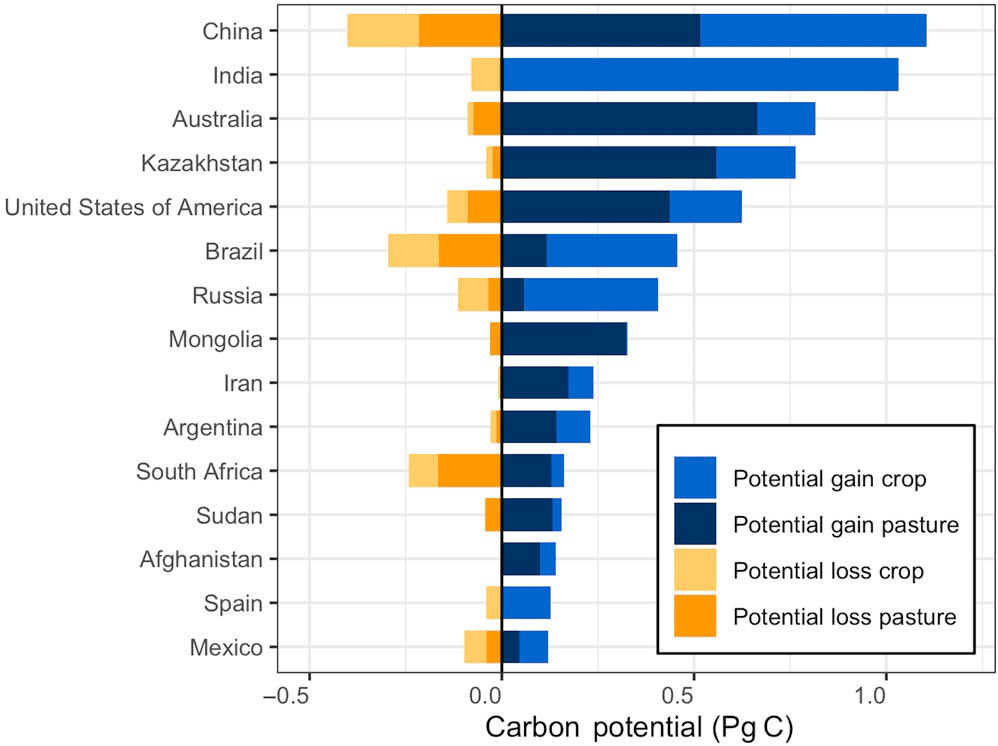
Chapman M., W.S. Walker, S.C. Cook‐Patton, P.W. Ellis, M. Farina, B.W. Griscom, A. Baccini. 2020. Large climate mitigation potential from adding trees to agricultural lands. Global Change Biology. doi:10.1111/gcb.15121
The majority of carbon storage potential the study identified is in countries that don’t currently classify adding trees to agricultural land as a climate mitigation technique. That could present an obstacle to adoption.
While some may see only the cost of adding trees to agricultural land, the practice also can deliver returns. For example, fruit and nut trees provide economic benefits, either as a cash crop or as a food source for livestock.
“Additions of trees to agricultural land is a win-win. By reducing soil loss and increasing shade, agroforestry practices have the potential to benefit farmers and their communities by increasing yields, protecting health, and improving biodiversity,” said Woodwell scientist Dr. Wayne Walker, a co-author of the study.
This study was made possible through support from the Doris Duke Charitable Foundation, as well as from the Government of Norway.




